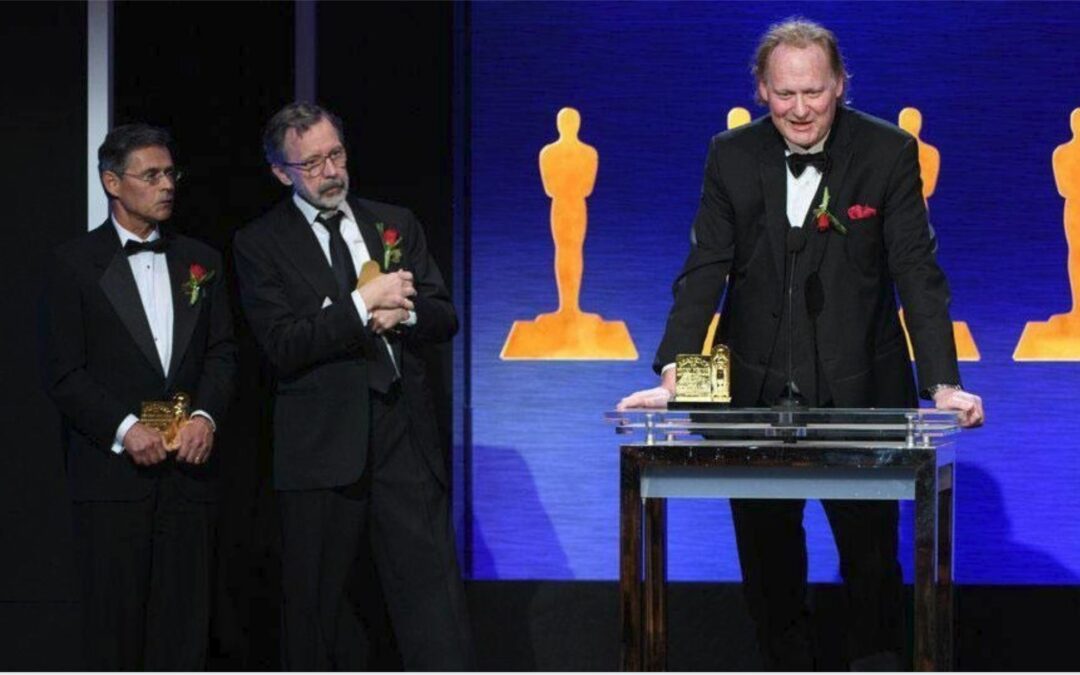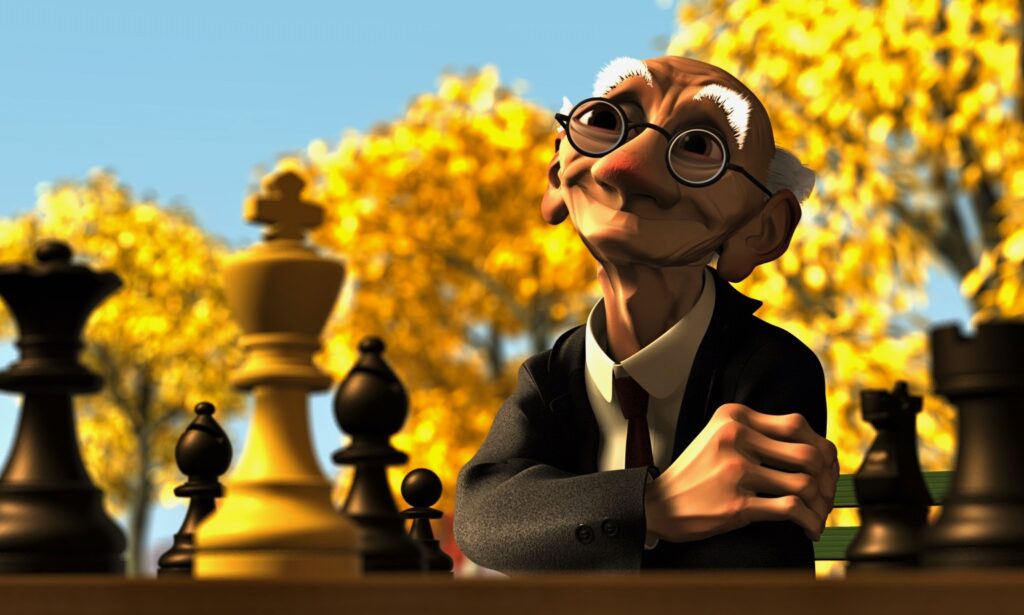Seventh International Conference on Multimedia, Scientific Information and Visualization for Information Systems and Metrics ( MSIVISM 2020 )
Las Palmas de Gran Canaria – Spain
January 29 – 31, 2020
Topics, Deadlines and Program Committee
1. Topics
Measurement is a fundamental activity in the advancement of the sciences. Historically, civilizations have contributed a myriad of knowledge stemming from the discoveries and inventions of scientists, and in order to perfect such results. the names and studies of those savants are part of the scientific cultural wealth of all humankind; and so they have been carefully recorded in the annuals of history ever since the earliest origins of the human endeavor to know more.
In the 20th century the global village foreseen by Marshall McLuhan generated a kind of vital epicenter, but at the same time it was a source of conflicts and especially in relation to subjects such as the quality of metrics that are used to measure progress in the spaces that exist between the interrelations of the various different subject disciplines. It is easy to detect how in the 21st century many detractors of the measurement of the quality of the interactive systems resorted to a myriad of ploys to play down the importance that exists in the intersection between the formal and the factual sciences and also the humanities and hardware/software.
Today, it would be relatively easy to analyse the mistakes of those who at the end of the 20th century saw the multimedia as a union of media, when in reality it is an intersection of the same. This intersection was easily detectable by the communication professionals, from the social point of view, for instance. However, initially that crossroads was rejected from the computer science perspective. By way of example, for a large part of the last decade of the past century overlapping concepts were ignored, especially when the issues concerning multimedia communications and the measurement of the quality of the communicative process among human beings through computers were approached. in few words, that denial derived from a lack of training and/or experience of what should have been a 360 degree vista between the formal and factual sciences.
Actually, such a holistic vision mustn’t be understood simply as synonymous with of interdisciplinary study, but rather as a balance between theories and practices of the formal and factual sciences. the current virtual space intends to locate that balance among amongst all of the components of the multimedia interactive systems, including their variables and also their relationships, from the point of view of software as well as the point of view of hardware. it is a context where scientific information occupies a predominant place and around it we find many of the key elements for the current and also future trends in the informative systems as a whole.
In this field the details of the informative systems, especially aimed at interactive multimedia, scientific visualization, content of scientific information, amongst so many other issues related to computer science engineering, software, systems, telecommunications, electronics, etc., are all studied in detail. In other words, these are the fundamental issues that we all will have to approach on a daily basis as future professionals of the informative systems, and as we enbark on a journey towards a new era: “the expansion of communicability”.
Many conferences are focussed on specific aspects of HCI, computer science, advanced visual interfaces, computer art and interaction, etc. and bring together leading experts in a particular field or sometimes on a specific technology. At such large conferences students are often marginalized or relegated to poster sessions. The workshops, symposia, etc., are not a big scale and aim to promote dialogue between established professors and graduate students working on new directions. Hence topics from the whole range of human-computer interaction, computer vision, mobile computing devices, multimedia, software, hardware, etc. are welcomed. Last year’s workshops, symposia, etc., organized by ALAIPO and AInCI, for instance, included papers, research-in-progress, etc., on the topics (see below the alphabetical order).
All contributions –papers, research-in-progress, workshops, demos, posters and doctoral consortium, should be of high quality, originality, clarity, significance and impact. In the current international conference it is demonstrated how with a correct integration among professionals of formal and factual sciences interesting research lines in the following subjects 3D, APPs Programming, Interfaces, Augmented Reality, Computer Graphics, Computer Vision, Interaction, Communicablity, Design, Emerging Interactive Technologies, ICT, Information Management, Metrics, Mobile Computing, Telecommunication, Multimedia Systems, Quality Evaluation, Networking, Scientific Information and Informatics, Software and Systems Engineering, UX, Education, and other computational areas are solicited on, but not limited to (alphabetical order):
Design and Interactive Communication
:: Adaptive Interfaces
:: Cognitive Modeling
:: Communicability
:: Cross-Cultural Design for the Aged Population
:: Ergonomics
:: Human-Computer Communication
:: Interface Metaphors
:: Interfaces for Collaborative Work
:: Linguistics and Semiotics for Interactive Design
:: Models of Design for Interactive Systems
:: Tangible and Embodied Interaction for Education, Tourism, Cultural & Natural Heritage
Multimedia Systems and ICT
:: Auditory Contents of Multimedia
:: Big Multimedia Data Analytics
:: Interaction in VR, MR and Games
:: Methods and Techniques for Assessment of Multimedia Systems
:: Mobile APIs and Services
:: Mobile Social Network Interaction
:: Multimedia Systems and Architecture
:: Networking and Connectivity
:: Pervasive and Mobile Computing
:: Ubiquitous Multimedia
Computer Science, Scientific Information and Visualization
:: Computer Graphics and Interaction
:: Computer Vision
:: Data Science and Digital Repositories
:: Emerging Trends and Technologies for Mobile Scientific Visualization
:: e-Science in the Cloud
:: HCI and Visual Navigation
:: Image Processing
:: Medical Informatics
:: Scientific Journalism
:: Scientific Publications and Informatics
:: Virtual Agents and Behaviour Computer Animation
Knowledge, Software Quality and Global Village
:: Augmented Cognitive in New Media
:: Cyber Behaviour
:: Data Management and Mining
:: Ethics and Aesthetics for Interactive Contents Online
:: Globalization and IT
:: Human and Social Factors for Software Quality
:: Intelligent Systems and UX for Education
:: Knowledge Management
:: Natural Language Processing
:: Quality Attributes and Metrics in the Interactive Systems
All submitted papers will be reviewed by a double-blind (at least three reviewers), non-blind, and participative peer review. These three kinds of review will support the selection process of those that will be accepted for their presentation at the international conference. Authors of accepted papers who registered in the conference can have access to the evaluations and possible feedback provided by the reviewers who recommended the acceptance of their papers, so they can accordingly improve the final version of their papers.
Best regards,
Francisco V. Cipolla Ficarra (Chair – coordinator)
&
Doris Edison and Pamela Fulton (International Secretariat)
ALAIPO: Asociación Latina Interacción Persona-Ordenador –Latin Association of HCI (www.alaipo.com) and AINCI: Asociación Internacional de la Comunicación Interactiva –International Association of Interactive Communication (www.ainci.com). Address: Via Tabajani 1, S. 15 (7) – 24121 (Bergamo) Italy :: c/ Angel Baixeras, 5 – AP 1638 – 08080 (Barcelona), Spain. Email: info@alaipo.com :: info@ainci.com
2. The conference have the following deadlines
Work Submissions: Open. Consequently, as they are received, they will be evaluated. It is a way to speed up the process to make up the final program of the international conference, visa requirements, should plan travel well in advance, etc. In other words, it is not necessary to wait until the deadline to send them for the evaluation process.
Deadline Works Submissions: November, 30th – local time in Hawaiian Islands
Authors Notification: Two/three weeks after the submission/s
Camera-ready, full papers: January, 20th

